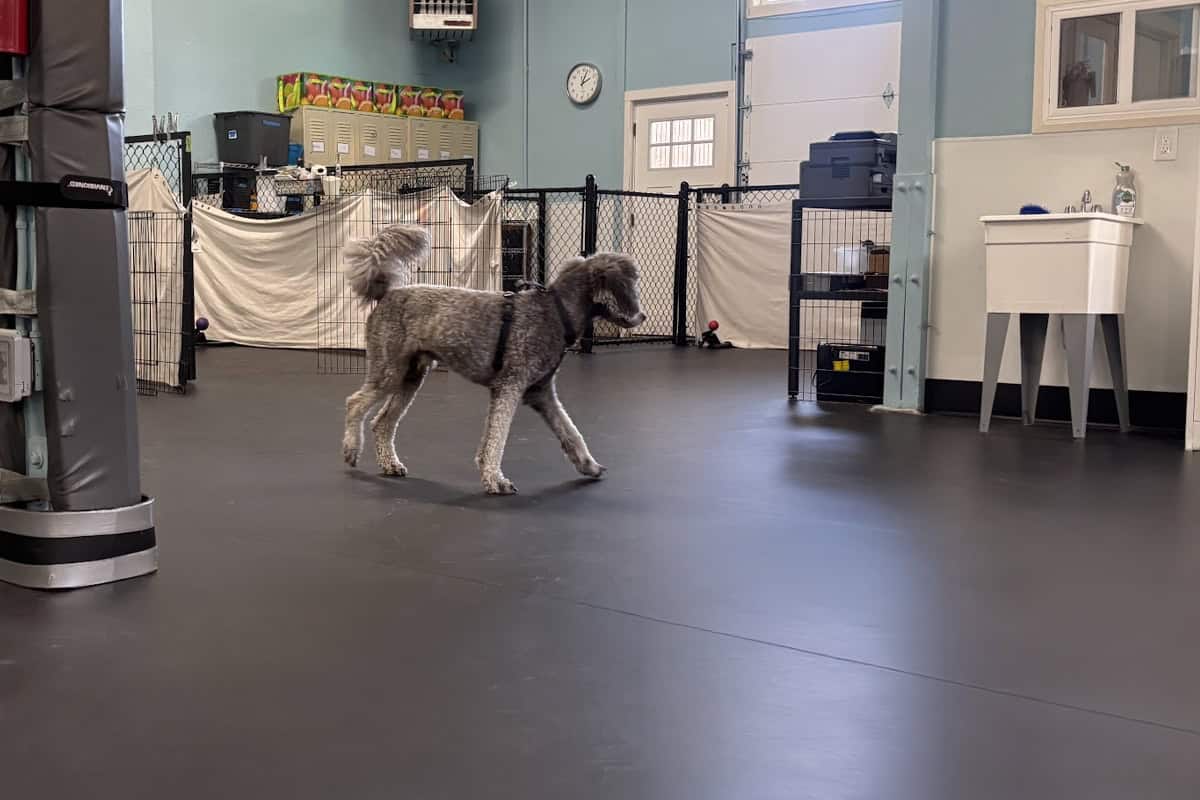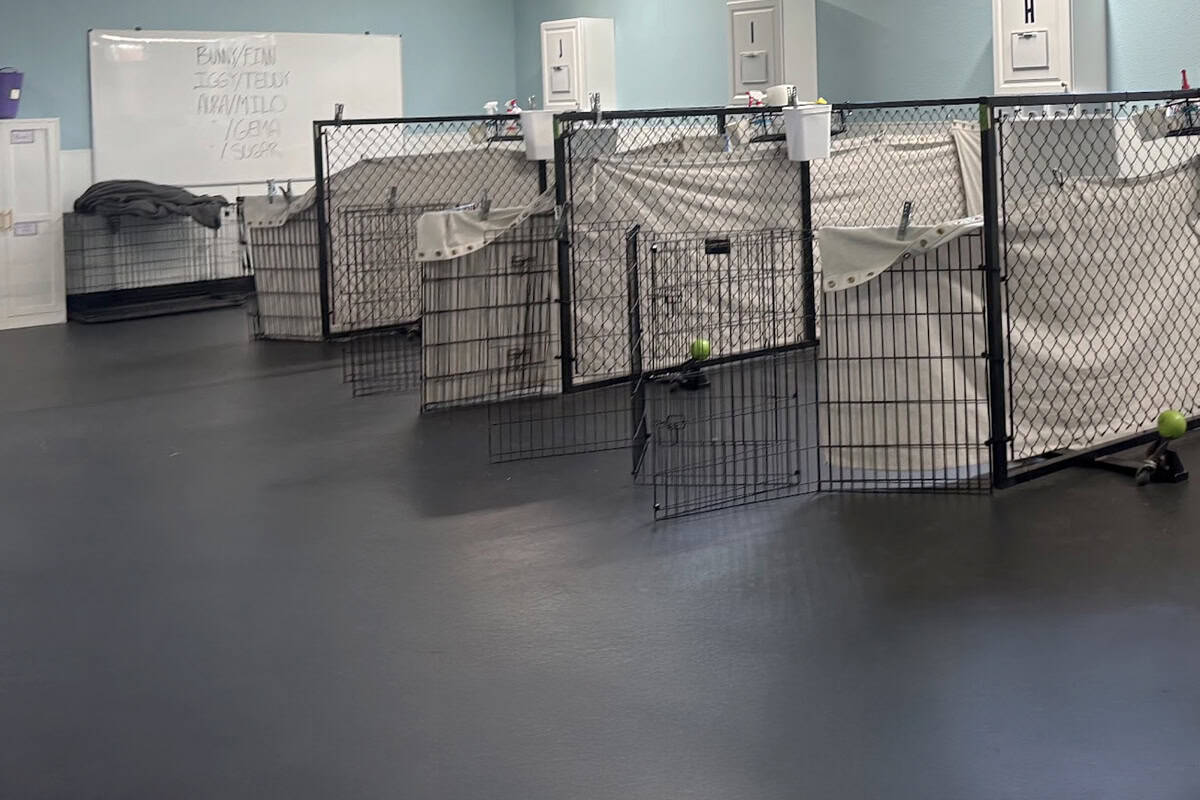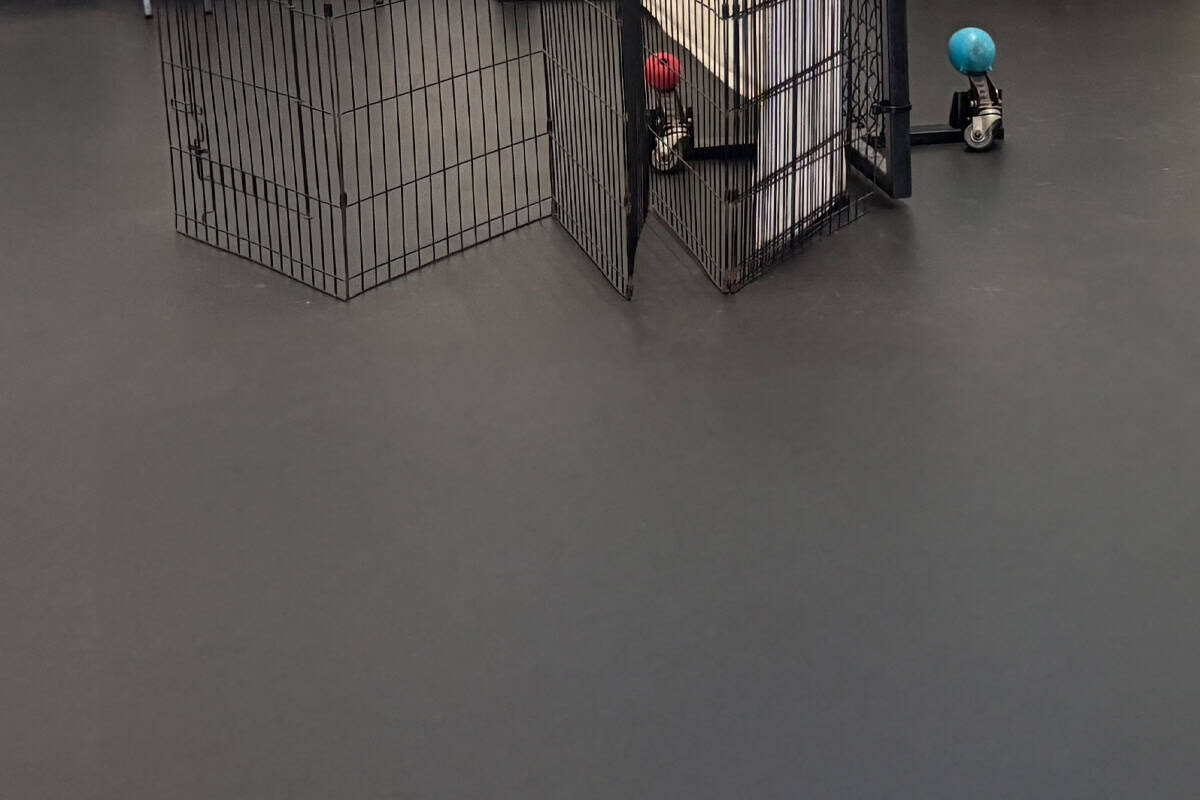Call Us 206-890-2689
Rubber flooring is a durable, versatile, and slip-resistant surface option commonly used in gyms, schools, commercial spaces, and homes for its comfort, safety, and ease of maintenance.
We recently installed ½ in thick Rolled Rubber at the Ahimsa Dog Training facility, in the Seattle neighborhood of Ballard. Rubber flooring—especially ½ inch rolled rubber—is an excellent choice for a dog training facility.
Installing rubber flooring has some unique subtleties that a professional flooring installer will understand. They will know how to address potential issues between the subfloor and the new rubber floor. By taking all necessary precautions, they ensure that the flooring is laid down evenly, maintaining its integrity and longevity.


